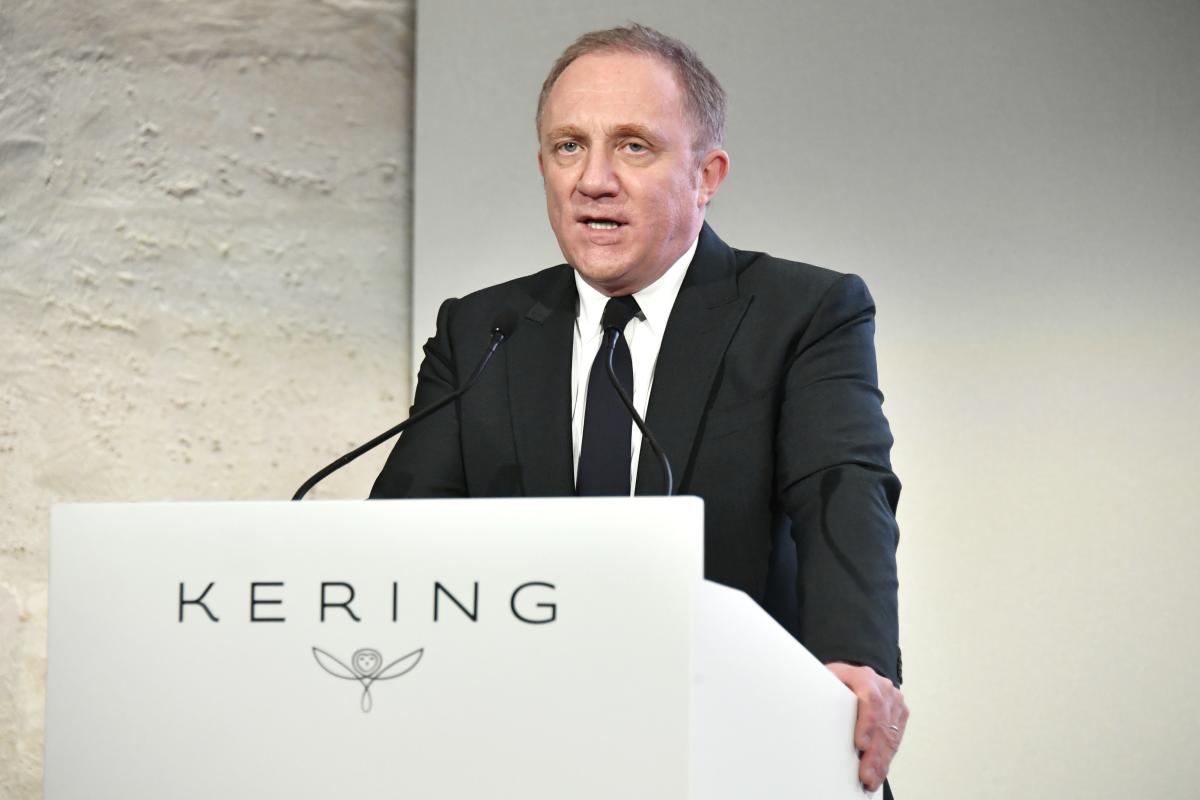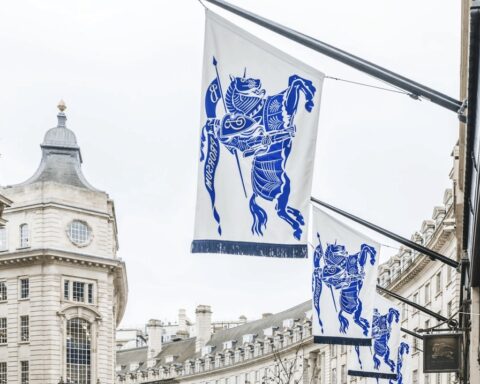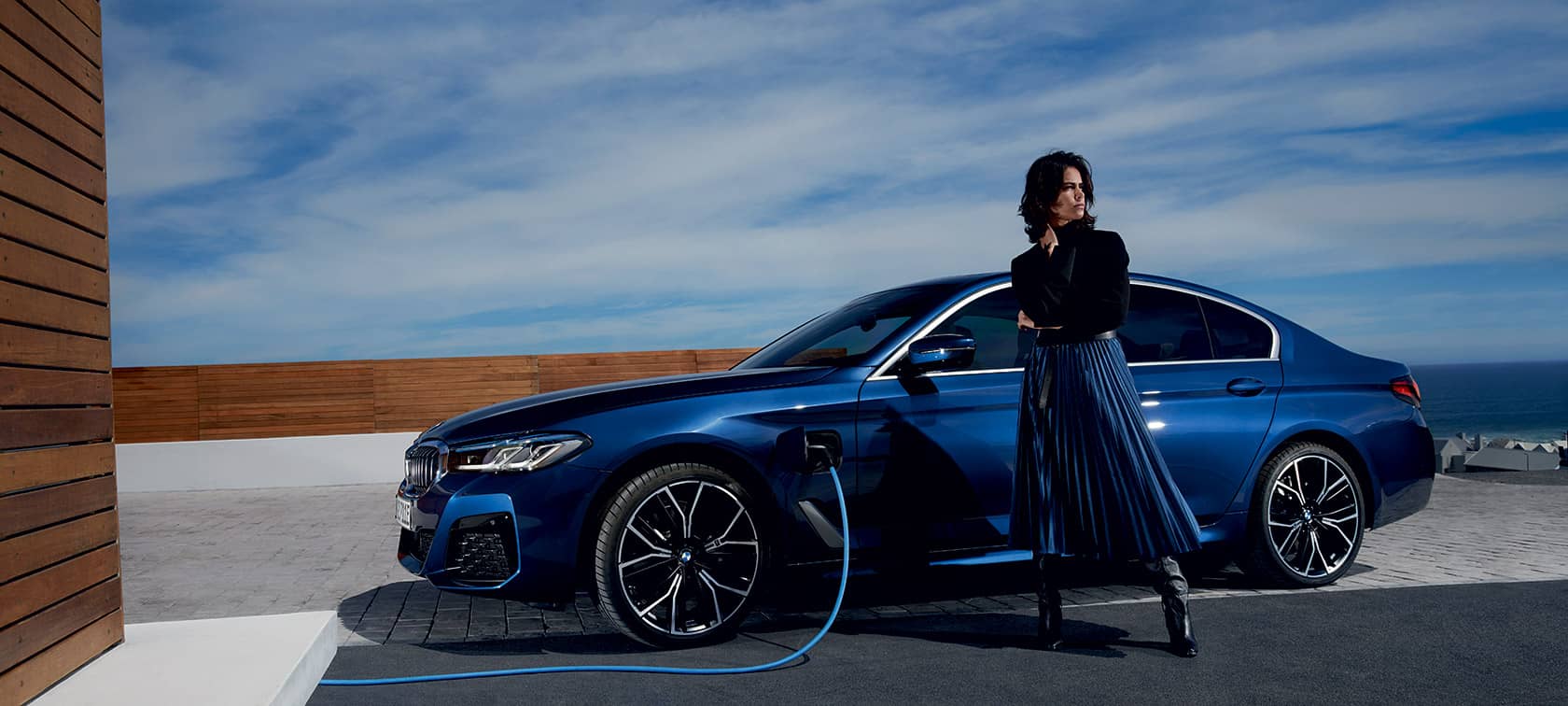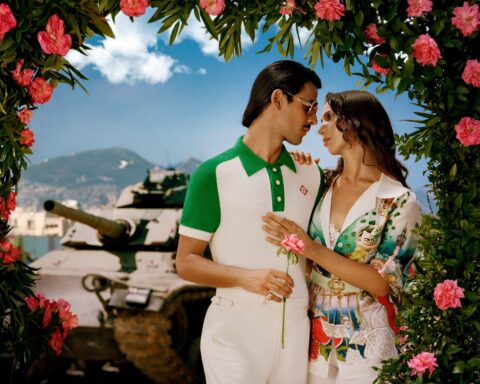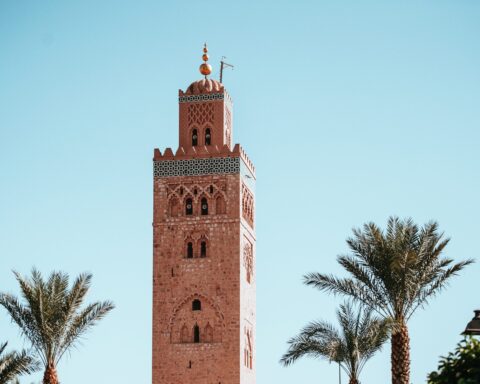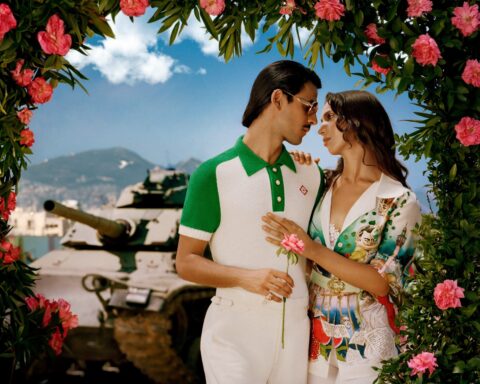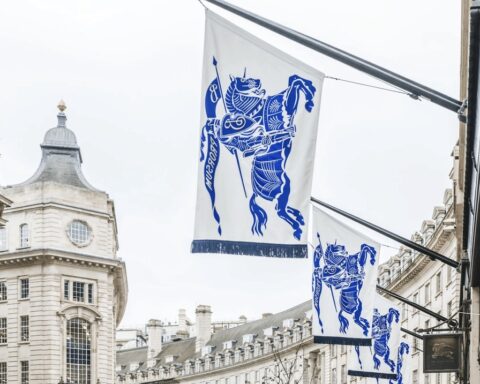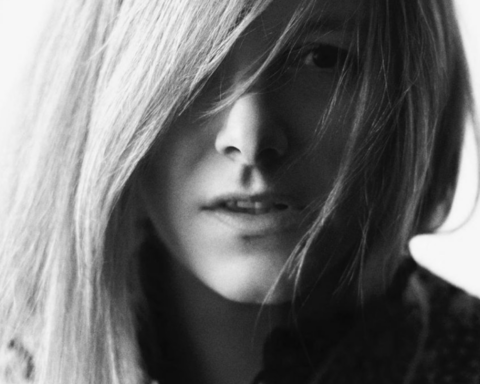The coalition led by fashion industry presidents is considering bold steps on renewable energy, agriculture and conservation.
After two rather quiet years, the Fashion Pact is moving forward again. The industry CEO-led cross-industry alliance, launched by French President Emmanuel Macron in 2019 and led by Kering Chairman and CEO François-Henri Pinault, has more than doubled its membership of fashion and luxury players (now 75) and is rolling out a program of new environmental initiatives. Launched at the G7 summit in France, this agreement marked the commitment of the signatory brands to support climate and nature, achieve net zero emissions by 2050 and reduce their impact on the oceans.
The first of these new initiatives is a collective virtual power purchase agreement (CVPPA) aimed at expanding the use of renewable energy in Europe. It would acquire new renewable energy capacity in the immediate future, and kick-start a broader energy transition across the fashion industry.
“This is a proof of concept. It’s important in itself, but it’s just the beginning,” Pinault told Vogue Business. “We needed to have results to show that collective action is possible. We are going to expand it – we already have some players outside the Fashion Pact who want to join – and we are also going to expand it to other regions. We need to use it to accelerate, expand and scale, but it’s important to show that it works.”
“We’ve been quiet, but there’s been a lot going on in the background. We’ve identified key areas that we want the industry to align with – biodiversity, climate and oceans – and on those, we’ve defined an approach on how we can really work together to make a difference on the ground,” also said Eva von Alvensleben, the executive director of sustainability and secretary general of the Fashion Pact. “The CVPPA is one of those projects.”
“We know that joint efforts and funding are key to finding scalable solutions. With the CVPPA, this is the first time the fashion industry has come together in a collective effort to add capacity to the renewable energy grid and secure a volume load of renewable electricity to move towards our goal.” testifies Stefan Larsson, CEO of PVH, parent company of Calvin Klein and Tommy Hilfiger.
The ambitions of the Pact
The CVPPA is not the only project to come into being. Another project will be dedicated to expanding the supply of regeneratively grown feedstocks. “The challenge in our supply chain right now is that we just don’t have the supply for these feedstocks, as much as we’d like to increase them. I think the current supply of organic cotton is 3% of the total supply, which is absolutely not enough,” explains Eva von Alvensleben (Fashion Pact).
The coalition aims to establish a system to both help farmers switch to regenerative organic practices and to develop a methodology to account for the carbon credits resulting from these efforts.
Under the oceans pillar, the focus will be on plastic polybag and wet processing, which a scientific analysis commissioned by the Fashion Pact identified as the main source of the industry’s impact on the oceans. The idea would be to work hand in hand with suppliers to adopt more sustainable techniques or develop alternatives.
The third pillar is biodiversity. According to a report by the World Benchmarking Alliance published on Monday, only 5% of the 400 companies analyzed (in the fashion industry and other sectors) have conducted a scientific assessment to understand the impact of their activities on biodiversity. “This is the first time a coalition like ours has put biodiversity so high on its agenda. It’s a topic that the industry is not yet very advanced on,” says von Alvensleben.
Read also> Business of Fashion Sustainable Index 2022 : Kering leads luxury brands
Featured photo : © Dominique Maître

